Home>Articles>What Is The Best Wireless Apple Carplay Adapter
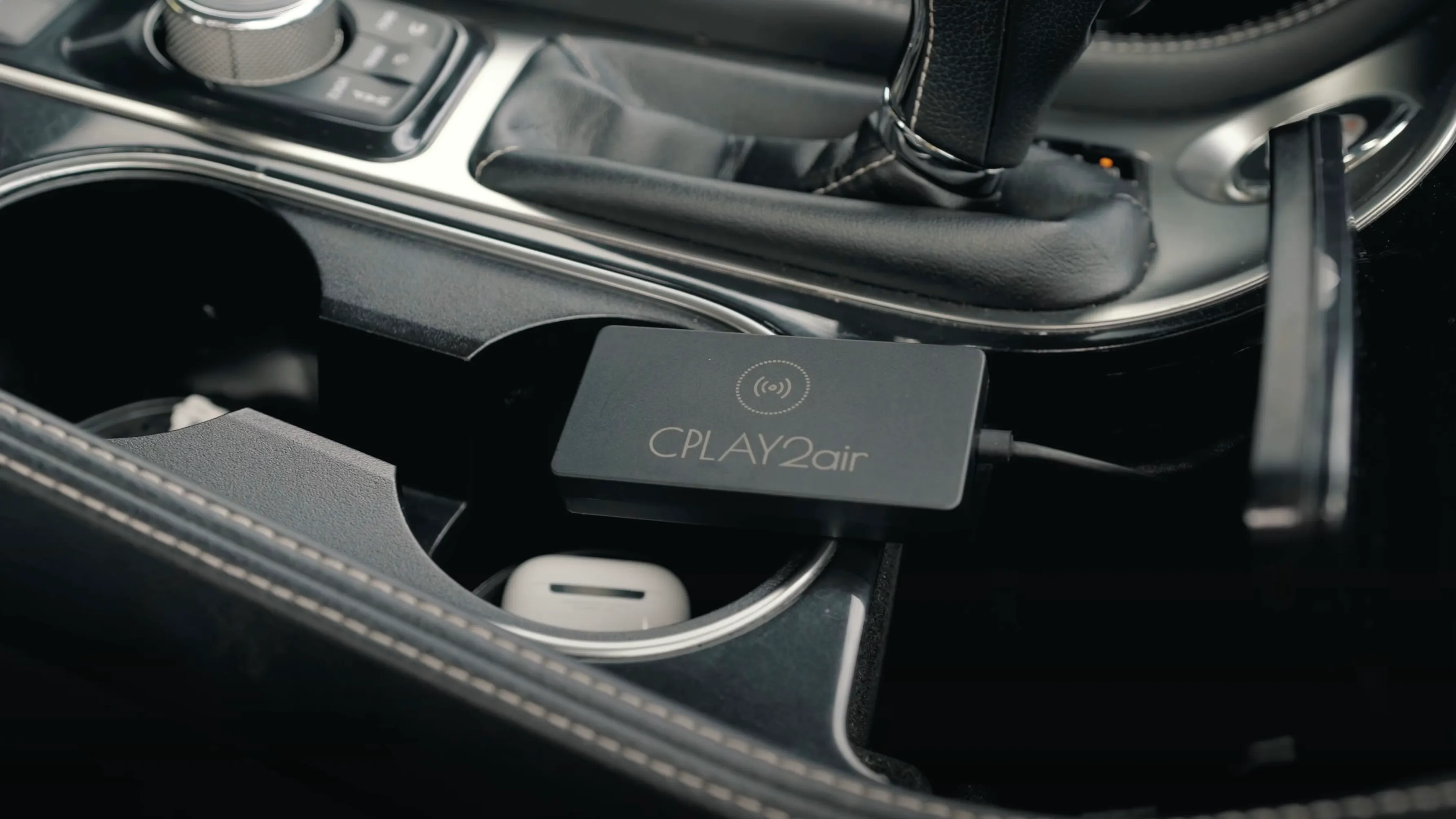

Articles
What Is The Best Wireless Apple Carplay Adapter
Modified: December 7, 2023
Discover the top wireless Apple Carplay adapter options with our comprehensive articles. Find the best adapter for your car and experience seamless connectivity on the go.
(Many of the links in this article redirect to a specific reviewed product. Your purchase of these products through affiliate links helps to generate commission for Storables.com, at no extra cost. Learn more)
Introduction
In recent years, Apple CarPlay has revolutionized the way we interact with our vehicles. With its seamless integration of the iPhone interface into compatible car infotainment systems, Apple CarPlay provides a safe and convenient way to access navigation, messages, music, and more while on the road. However, until recently, using Apple CarPlay required a physical connection between the iPhone and the car’s infotainment system.
This limitation has now been overcome with the introduction of wireless Apple CarPlay adapters. These adapters eliminate the need for a USB cable, allowing users to enjoy all the benefits of Apple CarPlay wirelessly. In this article, we will explore what wireless Apple CarPlay adapters are, why they are needed, factors to consider when choosing one, the top adapters available in the market, and some tips for setting up and using them.
Wireless Apple CarPlay adapters provide a convenient and hassle-free way to integrate your iPhone with your car’s infotainment system. They utilize Bluetooth or Wi-Fi connections to establish a wireless link between the iPhone and the car, allowing you to access all your favorite apps and features without the need for a physical cable.
There are several advantages to using a wireless Apple CarPlay adapter. Firstly, it provides greater flexibility and convenience as you no longer need to worry about connecting and disconnecting your iPhone every time you get in and out of the car. With wireless CarPlay, the connection is automatic and seamless, making for a more enjoyable and streamlined driving experience.
Secondly, wireless CarPlay allows for a clutter-free interior. Without the need for a cable, you can eliminate tangled wires and reduce cable clutter around your car’s center console. This not only improves the aesthetics of your vehicle’s interior but also makes it easier to keep your car tidy and organized.
Furthermore, wireless CarPlay adapters offer a safer driving experience. With a physical cable, there is always a risk of distraction as you reach for and connect your iPhone while driving. However, with a wireless connection, you can keep your focus on the road, minimizing any potential hazards or accidents.
In the next sections, we will delve deeper into the factors you should consider when choosing a wireless Apple CarPlay adapter, the top adapters available in the market, and some helpful tips for setting up and using them effectively. So, let’s get started on the journey to a wire-free Apple CarPlay experience!
Key Takeaways:
- Enjoy a seamless and clutter-free driving experience with wireless Apple CarPlay adapters, offering automatic connection, flexibility in device placement, and enhanced safety on the road.
- When choosing a wireless Apple CarPlay adapter, consider compatibility, audio quality, connectivity options, user interface, installation process, and price to ensure a seamless and enjoyable CarPlay experience.
Read more: What Is Samsung Wireless Lan Adapter
What is Apple CarPlay?
Apple CarPlay is a technology developed by Apple that allows iPhone users to seamlessly integrate their device with their car’s infotainment system. It provides a familiar and user-friendly interface on the car’s display, mirroring the iPhone’s screen and enabling access to a variety of apps and features while on the road.
With Apple CarPlay, users can make calls, send and receive messages, access navigation, listen to music, and use a range of other apps, all through the car’s touchscreen or voice commands. The interface is designed to be simple and intuitive, allowing drivers to keep their focus on the road and safely control their iPhone’s functions.
To use Apple CarPlay, your car must have a compatible infotainment system. Most major car manufacturers now offer CarPlay support in their newer models, and some third-party companies even offer retrofit kits to add CarPlay capabilities to older vehicles.
Using Apple CarPlay is straightforward. Once the iPhone is connected to the car’s infotainment system through a USB cable or wirelessly with a compatible adapter, the CarPlay interface is activated. Users can navigate through the familiar iOS-style apps on the car’s screen or use voice commands with Siri, Apple’s virtual assistant, for hands-free control.
CarPlay supports popular apps like Apple Maps, which provides turn-by-turn navigation, as well as messaging apps, including Messages and WhatsApp, for sending and receiving messages. Users can also access their music library, listen to podcasts, and use streaming apps, such as Spotify and Apple Music, for a personalized audio experience.
One of the key advantages of Apple CarPlay is its integration with Siri. Users can activate Siri through the car’s voice control button or by saying “Hey Siri,” allowing for easy and efficient interaction with the iPhone. Siri can perform tasks like making calls, reading and replying to messages, and even controlling smart home devices while on the go.
Overall, Apple CarPlay provides a seamless and user-friendly way to integrate your iPhone with your car’s infotainment system. It enhances safety, convenience, and entertainment on the road, making every journey more enjoyable and connected.
The Need for Wireless Apple CarPlay Adapter
Although Apple CarPlay has been widely adopted and praised for its convenience and functionality, it initially required a physical connection between the iPhone and the car’s infotainment system. This meant that users had to connect their iPhone to the car with a USB cable every time they wanted to use CarPlay.
While the wired connection worked well, it did have some limitations and inconveniences. One major drawback was the need to physically plug and unplug the iPhone from the car’s USB port. This process could be cumbersome, especially when trying to do it quickly or while driving, leading to potential distractions or even accidents.
Additionally, connecting the iPhone with a cable limited the positioning of the device inside the car. With a fixed USB connection, the iPhone had to be mounted in a specific location close to the USB port, which might not always be the most optimal or convenient spot for the driver.
Furthermore, the cord could become tangled or damaged over time, potentially affecting the stability of the CarPlay connection. This could result in intermittent connectivity or the need to replace the cable, adding extra costs and inconvenience for the user.
To address these limitations and offer a more user-friendly and seamless experience, wireless Apple CarPlay adapters were introduced to the market. These adapters utilize Bluetooth or Wi-Fi technology to establish a wireless connection between the iPhone and the car’s infotainment system, eliminating the need for a physical cable.
The introduction of wireless Apple CarPlay adapters has brought several benefits to users. Firstly, it provides a more convenient and hassle-free experience. With a wireless adapter, the iPhone automatically connects to the car’s infotainment system as soon as you enter the vehicle, without the need to plug in any cables. This saves time and effort, allowing for a smoother transition from your everyday activities to using CarPlay in the car.
Secondly, a wireless connection offers greater flexibility in terms of device placement. Without the constraint of a physical cable, you can position your iPhone wherever it is most comfortable and accessible for you. Whether you prefer to have it mounted on the dashboard, in a phone holder, or placed in a specific compartment, the choice is yours, enhancing the overall ergonomics and convenience of using Apple CarPlay.
Moreover, wireless Apple CarPlay adapters reduce clutter in the car’s interior. With no cables to deal with, you can enjoy a cleaner and more organized space around the center console area. This not only enhances the aesthetics of your car’s interior but also promotes a safer driving environment by minimizing distractions and potential cable entanglement.
Overall, wireless Apple CarPlay adapters address the limitations and inconveniences associated with the wired connection, providing a more seamless, convenient, and clutter-free experience for users.
Factors to Consider when Choosing a Wireless Apple CarPlay Adapter
When selecting a wireless Apple CarPlay adapter for your vehicle, there are several factors to consider to ensure you choose the right one that meets your needs and provides a seamless CarPlay experience. Here are some key factors to keep in mind:
- Compatibility: It is essential to ensure that the wireless CarPlay adapter you choose is compatible with both your iPhone model and your car’s infotainment system. Check the manufacturer’s specifications and compatibility lists to ensure a seamless integration.
- Audio Quality: Pay attention to the audio quality capabilities of the wireless adapter. Look for features such as advanced audio coding (AAC) or aptX support, which can enhance the sound quality and provide a better listening experience while using CarPlay.
- Connectivity: Consider the type of connectivity the adapter offers. Some adapters rely on Bluetooth technology, while others use Wi-Fi. Bluetooth adapters are generally more common and offer reliable connectivity, but Wi-Fi adapters may provide faster and more stable connections in certain cases.
- Setup and Installation: Evaluate the ease of setup and installation of the wireless CarPlay adapter. Look for adapters that offer straightforward installation processes, and consider whether the adapter requires any additional tools or wiring modifications in your vehicle.
- User Interface: Assess the user interface offered by the wireless CarPlay adapter. Look for adapters that offer user-friendly interfaces and intuitive controls, making it easier to navigate and control CarPlay features while on the road.
- Integration: Consider how seamlessly the wireless CarPlay adapter integrates with your car’s infotainment system. Look for adapters that provide a smooth and error-free connection, enabling all CarPlay features and functions without any interruptions.
- Support and Firmware Updates: Check if the manufacturer offers regular firmware updates and provides support for the wireless CarPlay adapter. This ensures that you receive ongoing improvements, bug fixes, and compatibility updates to enhance your CarPlay experience.
- Price and Value: Finally, consider the price and value proposition of the wireless CarPlay adapter. Compare prices and features across different brands and models to find the best balance between affordability and functionality.
By considering these factors, you can choose a wireless Apple CarPlay adapter that suits your specific needs, ensures compatibility, and provides a seamless and enjoyable CarPlay experience in your vehicle.
Top Wireless Apple CarPlay Adapters Available in the Market
As the demand for wireless Apple CarPlay adapters continues to grow, several top-quality options are available in the market. Here are some of the top wireless Apple CarPlay adapters that have gained popularity among users:
- Pioneer AVIC-W8500NEX: The Pioneer AVIC-W8500NEX is a highly regarded wireless Apple CarPlay adapter. It features a large, responsive touchscreen display and offers seamless integration with CarPlay. It also supports dual Bluetooth connectivity, allowing you to connect your smartphone and a separate Bluetooth audio device simultaneously.
- Alpine iLX-107: The Alpine iLX-107 is another well-known wireless Apple CarPlay adapter. It boasts a high-resolution capacitive touchscreen and supports Siri voice control for hands-free operation. The adapter features a reliable wireless connection and provides excellent sound quality for an enhanced audio experience.
- KENWOOD DDX9907XR: The KENWOOD DDX9907XR offers a feature-rich wireless Apple CarPlay experience. It features a crisp, vibrant display, and supports high-resolution audio playback. The adapter also offers compatibility with both Bluetooth and Wi-Fi connections for seamless connectivity options.
- Pioneer SPH-DA230DAB: The Pioneer SPH-DA230DAB is a versatile wireless Apple CarPlay adapter that offers a range of features. It supports both Apple CarPlay and Android Auto, making it suitable for users with different smartphone platforms. Additionally, it includes built-in DAB/DAB+ radio for an enhanced listening experience.
- Sony XAV-AX5000: The Sony XAV-AX5000 is a popular wireless Apple CarPlay adapter known for its user-friendly interface and enhanced sound quality. It features a large, responsive touchscreen and offers a wide range of audio customization options. The adapter also supports Bluetooth connectivity for seamless wireless phone integration.
These are just a few examples of the top wireless Apple CarPlay adapters available in the market. It is always recommended to thoroughly research each model, read user reviews, and consider your specific needs and budget before making a purchase decision. By doing so, you can find the wireless CarPlay adapter that best suits your requirements and enhances your driving experience.
When looking for the best wireless Apple CarPlay adapter, consider factors such as compatibility with your car’s infotainment system, connection stability, and customer reviews for reliability.
Read more: What Does A Wireless Adapter Look Like
Comparison of Key Features and Specifications
When choosing a wireless Apple CarPlay adapter, it is important to compare the key features and specifications of different models to find the one that best suits your needs. Here is a comparison of some important factors to consider:
- Display: Look for a wireless CarPlay adapter with a high-resolution display that offers clear, vibrant graphics and easy-to-read text.
- Audio Quality: Consider the audio capabilities of the adapter. Look for features like advanced audio coding (AAC) support or aptX technology for enhanced sound quality.
- Connectivity: Check whether the adapter supports Bluetooth or Wi-Fi connectivity, or both. This will determine the type of wireless connection you can establish with your iPhone.
- User Interface: Assess the user interface of the adapter. Look for a responsive touchscreen with an intuitive layout that allows easy navigation and control of CarPlay features.
- Compatibility: Ensure that the adapter is compatible with your iPhone model and your car’s infotainment system. Check the manufacturer’s specifications and compatibility lists to confirm compatibility.
- Installation: Evaluate the ease of installation. Some adapters require additional wiring or tools for installation, while others offer a more straightforward plug-and-play setup.
- Additional Features: Consider any additional features offered by the adapter, such as built-in radio, USB ports, or support for other smartphone platforms like Android Auto.
- Support and Updates: Check if the manufacturer provides regular firmware updates and offers customer support. Regular updates ensure compatibility and improve performance over time.
- Price: Compare the prices of different adapters and consider the value they offer in terms of features and functionality. Find a balance between affordability and performance.
By comparing these key features and specifications, you can make an informed decision when selecting a wireless Apple CarPlay adapter that aligns with your preferences and requirements. Remember to prioritize the features that are most important to you and consider the overall user experience each adapter offers.
Pros and Cons of Wireless Apple CarPlay Adapters
Wireless Apple CarPlay adapters offer numerous benefits and conveniences for users. However, it is important to consider both the advantages and disadvantages before making a decision. Here are some pros and cons of wireless Apple CarPlay adapters:
Pros:
- Convenience: Wireless CarPlay adapters eliminate the need for a physical cable, allowing for a seamless and hassle-free connection. Simply get in the car, and your iPhone will automatically connect wirelessly to the infotainment system.
- Flexibility: With a wireless connection, you have more freedom in positioning your iPhone within the car. You can choose the most convenient and accessible spot, whether it’s on the dashboard, in a phone holder, or in a storage compartment.
- Clutter-Free Interior: Without the need for cables, wireless CarPlay adapters help reduce cable clutter and create a cleaner, more organized interior environment. This not only enhances the aesthetics of the car but also reduces potential distractions while driving.
- Safety: Wireless CarPlay adapters contribute to a safer driving experience. By eliminating the need to physically connect the iPhone, drivers can keep their focus on the road and minimize the risk of distraction caused by reaching for and plugging in a cable.
- Automatic Connection: Wireless CarPlay adapters establish a seamless and automatic connection between the iPhone and the car’s infotainment system. As soon as you enter the vehicle with your iPhone, CarPlay is ready to go without any manual intervention.
- Improved Accessibility: With wireless CarPlay, you can effortlessly access navigation, make calls, send and receive messages, and use various apps hands-free. This allows for a more convenient and safer interaction with your iPhone while on the road.
Cons:
- Compatibility Limitations: Not all car models and iPhone versions support wireless CarPlay. It is essential to check compatibility before purchasing a wireless CarPlay adapter to ensure it will work with your iPhone and car’s infotainment system.
- Potential Connectivity Issues: While wireless CarPlay adapters aim for a stable and reliable connection, there may still be instances of intermittent connectivity or drops in the connection. Wi-Fi adapters, in particular, may experience interference in densely populated areas.
- Price: Wireless CarPlay adapters tend to be more expensive than their wired counterparts. The additional technology and convenience they offer come at a higher cost. It is important to consider your budget and weigh the value of the wireless functionality.
- Power Consumption: Wireless CarPlay adapters rely on Bluetooth or Wi-Fi connectivity, which can increase power consumption on both your iPhone and the adapter itself. This may result in slightly reduced battery life compared to a wired connection.
- Setup and Installation: Setting up a wireless CarPlay adapter may require additional steps and configurations compared to a wired connection. Depending on the specific adapter and vehicle, it might involve some technical knowledge or assistance from a professional installer.
- Audio Quality: While wireless CarPlay adapters generally provide good audio quality, it might not match the fidelity of a wired connection. Factors such as Bluetooth audio compression can slightly impact sound quality, although advancements in audio technologies aim to mitigate this issue.
Considering these pros and cons will help you make an informed decision about whether a wireless Apple CarPlay adapter is the right choice for you.
Tips for Setting up and Using a Wireless Apple CarPlay Adapter
Setting up and using a wireless Apple CarPlay adapter can be a straightforward process with the right guidance. Here are some tips to help you effectively set up and use your wireless Apple CarPlay adapter:
- Check Compatibility: Before purchasing a wireless CarPlay adapter, ensure that it is compatible with both your iPhone model and your car’s infotainment system. Check the manufacturer’s specifications and compatibility lists to ensure seamless integration.
- Follow Installation Instructions: Carefully read the installation instructions provided by the manufacturer. Ensure you understand the steps involved and any additional tools or accessories required for installation. If you are unsure, seek professional assistance.
- Pairing Process: When setting up the wireless CarPlay adapter, follow the pairing process outlined in the adapter’s manual. Usually, this involves turning on Bluetooth or Wi-Fi on your iPhone and selecting the adapter from the available devices list in your iPhone’s settings menu.
- Ensure a Stable Connection: To maintain a stable and reliable wireless connection, keep the iPhone and the wireless CarPlay adapter within a reasonable range of each other. Also, avoid placing any obstructions, such as metallic objects, between the devices that could interfere with the signal.
- Update Firmware: Check for firmware updates for your wireless CarPlay adapter. Manufacturers often release updates to improve compatibility, add new features, and address any performance issues. Stay up to date with the latest firmware to ensure the best CarPlay experience.
- Arrange Apps for Easy Access: Customize the arrangement of your CarPlay apps on your iPhone to have quick and easy access while driving. Organize the most frequently used apps on the first page for a seamless and convenient experience.
- Use Voice Commands: Take advantage of Siri, Apple’s virtual assistant, to control CarPlay features and interact with your iPhone hands-free. Use voice commands for making calls, sending messages, playing music, and navigating through apps to maintain your focus on the road.
- Configure Notifications: Adjust your CarPlay settings to control which notifications you want to receive while driving. Configure the appropriate settings to minimize distractions and keep your attention on the road.
- Regularly Charge Your iPhone: Since using Apple CarPlay can consume battery power, it is advisable to keep your iPhone charged while using wireless CarPlay. Connect it to a power source while driving, such as a USB port or a wireless charging pad, to ensure a consistent power supply.
- Experiment and Explore: Take the time to explore all the features and functions offered by CarPlay. Experiment with different apps, try out different voice commands, and customize your CarPlay experience to suit your preferences and make the most of the wireless functionality.
Following these tips will help you set up and use your wireless Apple CarPlay adapter effectively, ensuring a seamless and enjoyable CarPlay experience while on the road.
Conclusion
Wireless Apple CarPlay adapters have revolutionized the way we interact with our cars, offering a more convenient and streamlined experience. With the elimination of physical cables, wireless adapters provide a seamless connection between the iPhone and the car’s infotainment system, allowing for easy and safe access to a wide range of apps and features.
Throughout this article, we explored the concept of Apple CarPlay, its benefits, and the need for wireless adapters. We discussed the factors to consider when choosing a wireless Apple CarPlay adapter, including compatibility, audio quality, connectivity options, user interface, installation process, and price. We also highlighted some of the top wireless Apple CarPlay adapters available in the market, comparing their key features and specifications.
While wireless Apple CarPlay adapters offer numerous advantages, such as convenience, flexibility, clutter-free interiors, and enhanced safety, there are some potential drawbacks to consider. These include compatibility limitations, potential connectivity issues, higher price points, power consumption, setup complexities, and audio quality variations.
To make the most of your wireless Apple CarPlay adapter, we provided tips for setting up and using it effectively. These tips covered checking compatibility, following installation instructions, ensuring a stable connection, updating firmware, arranging apps for easy access, utilizing voice commands, configuring notifications, regularly charging your iPhone, and exploring the full range of CarPlay features.
In conclusion, wireless Apple CarPlay adapters provide a convenient and enjoyable way to integrate your iPhone with your car’s infotainment system. They offer flexibility, convenience, and improved safety on the road. By considering the factors mentioned in this article and following the provided tips, you can select and utilize a wireless Apple CarPlay adapter that best suits your needs and preferences.
So, whether you’re embarking on a long road trip or just driving around town, a wireless Apple CarPlay adapter can enhance your driving experience, keeping you connected and entertained while keeping your focus on the road ahead.
Frequently Asked Questions about What Is The Best Wireless Apple Carplay Adapter
Was this page helpful?
At Storables.com, we guarantee accurate and reliable information. Our content, validated by Expert Board Contributors, is crafted following stringent Editorial Policies. We're committed to providing you with well-researched, expert-backed insights for all your informational needs.
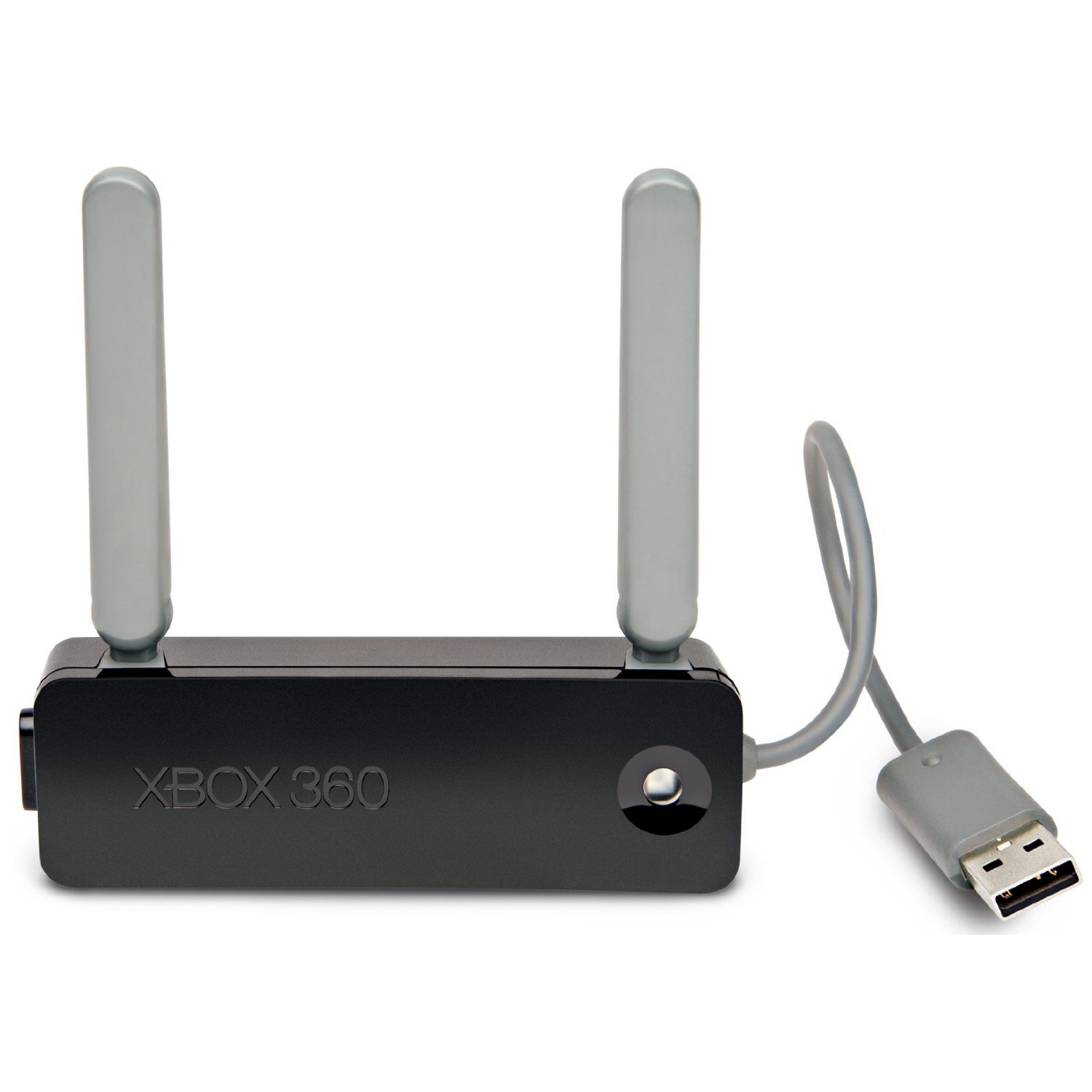
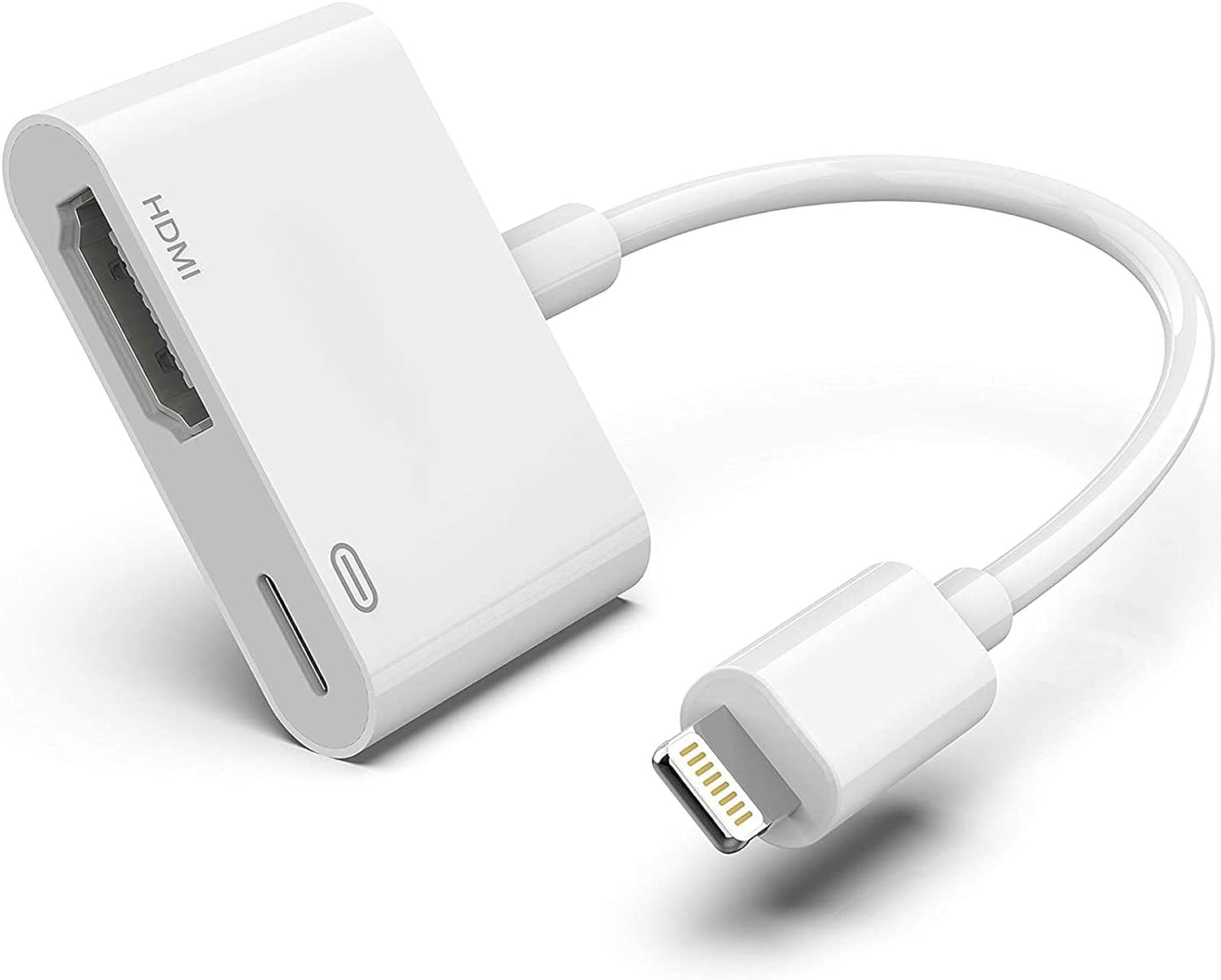
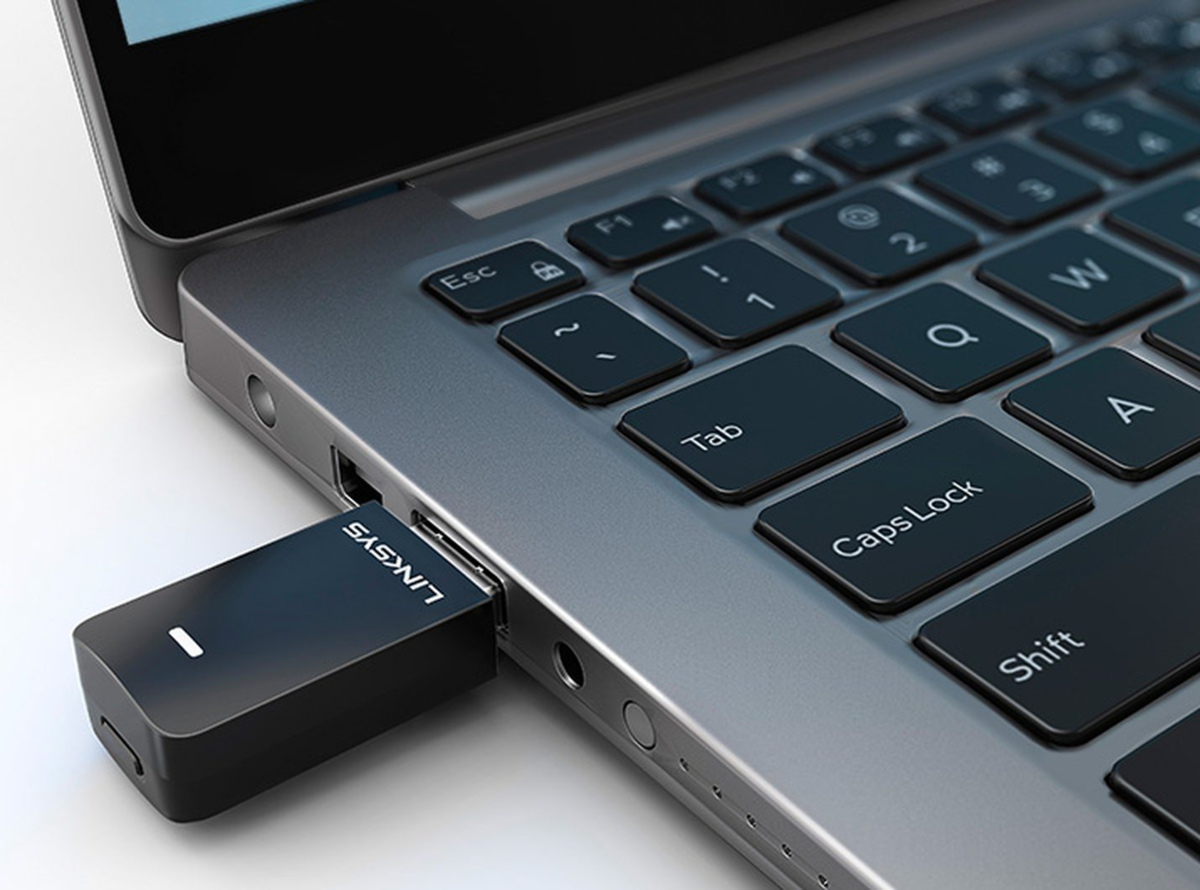
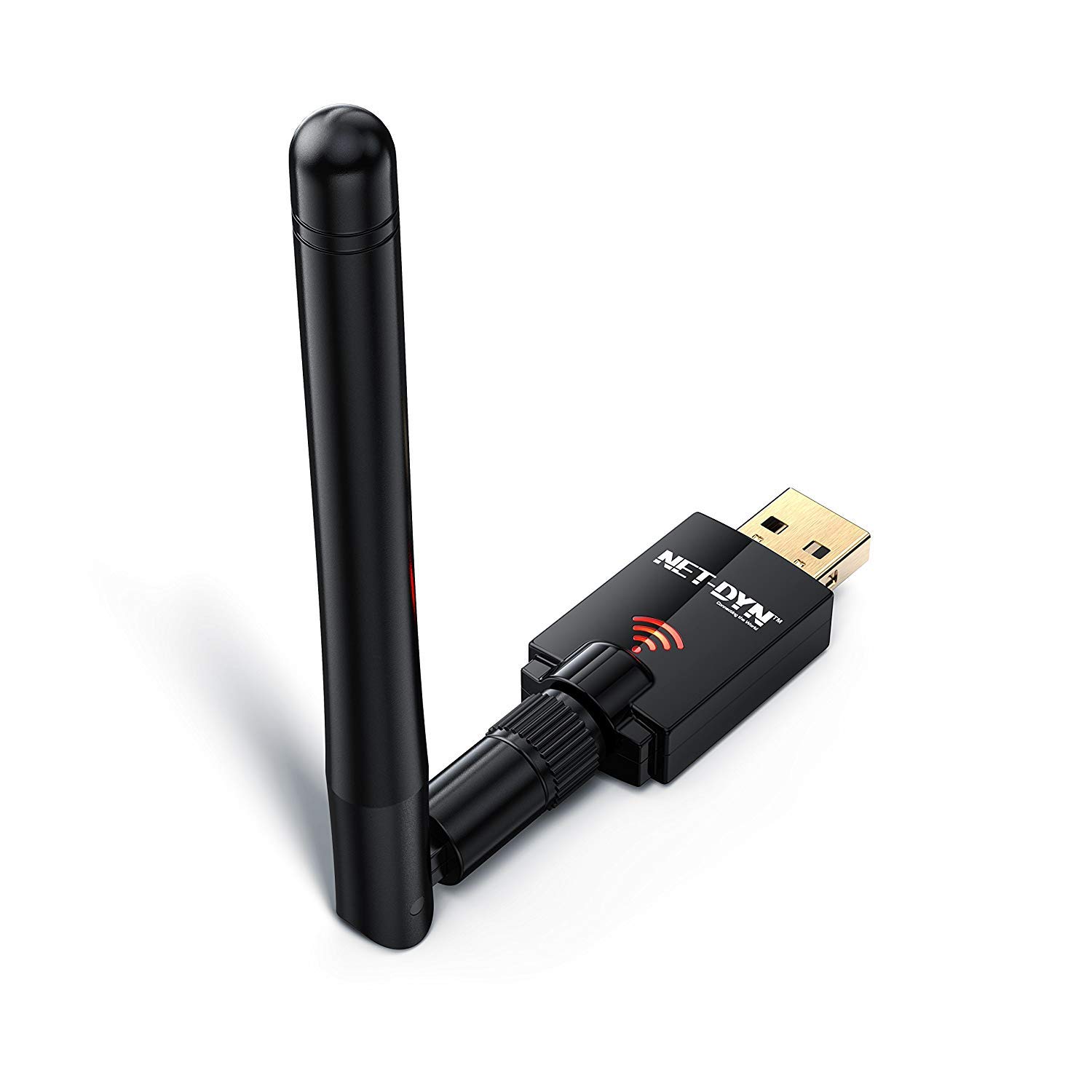
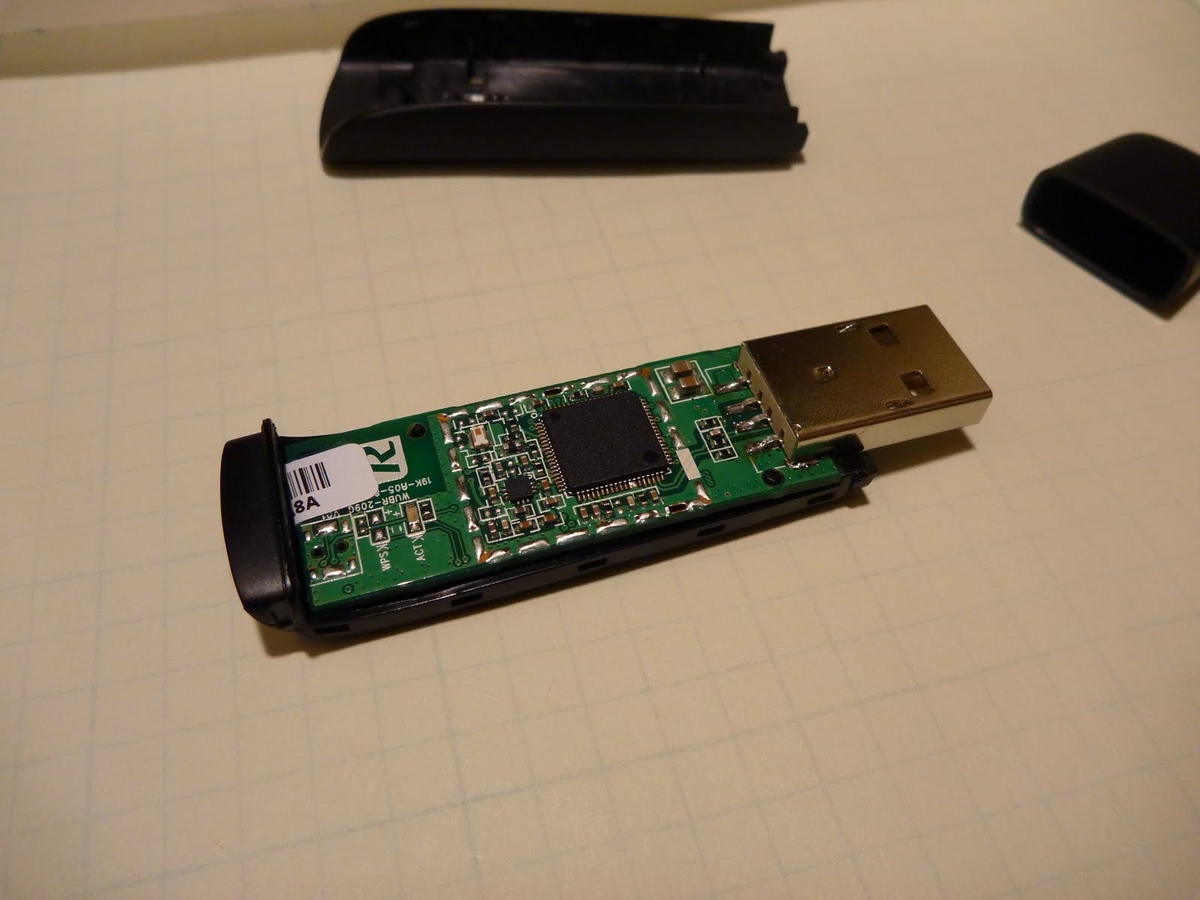
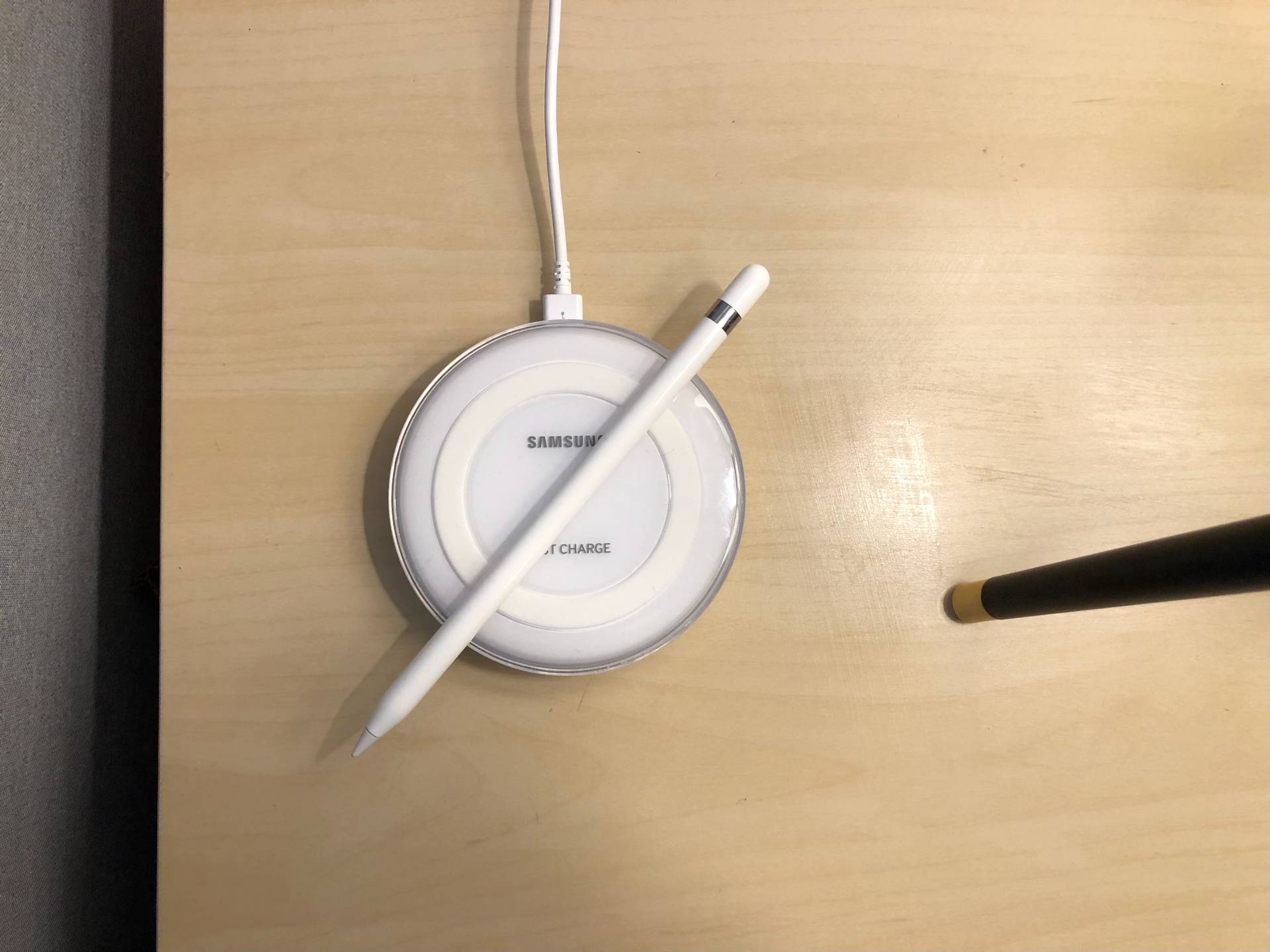
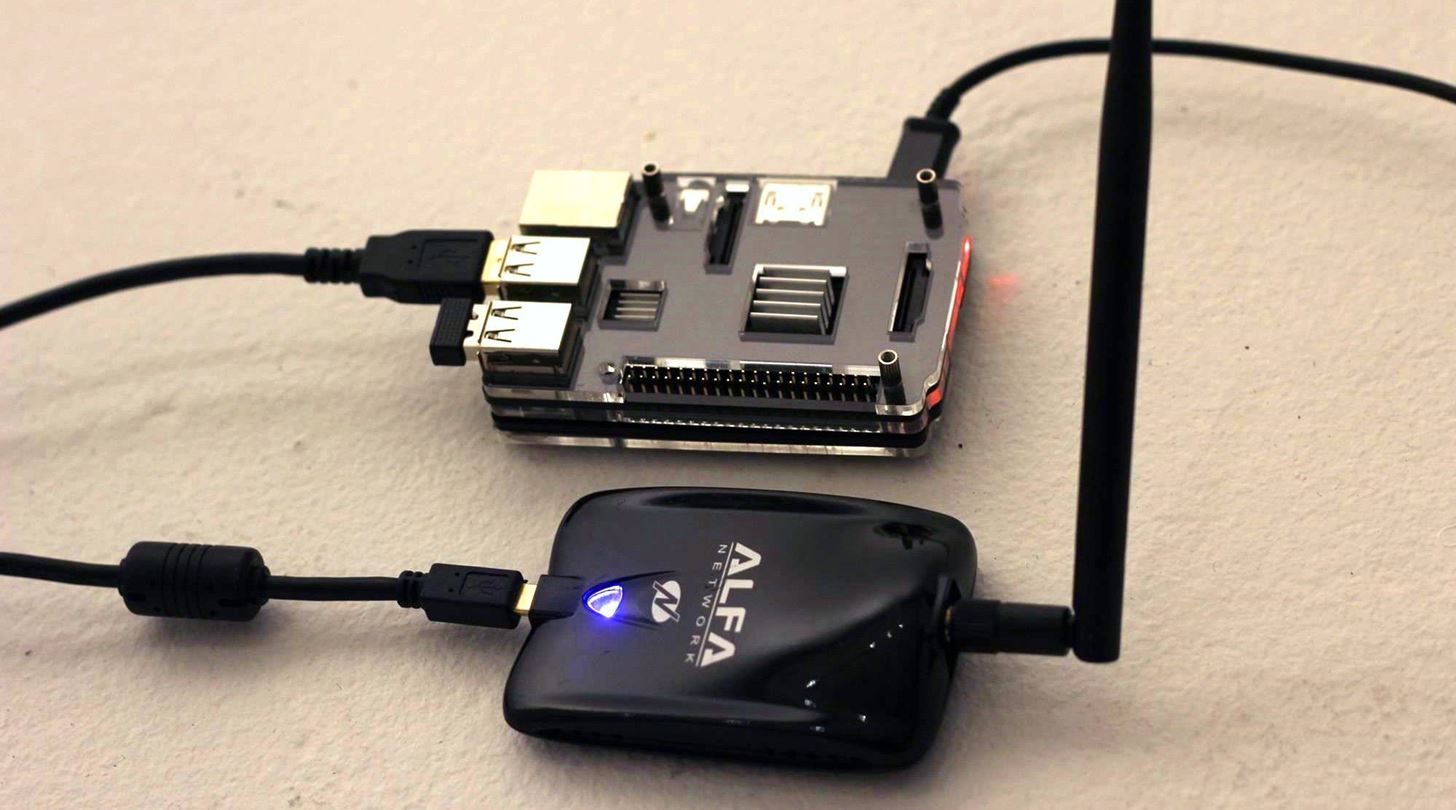

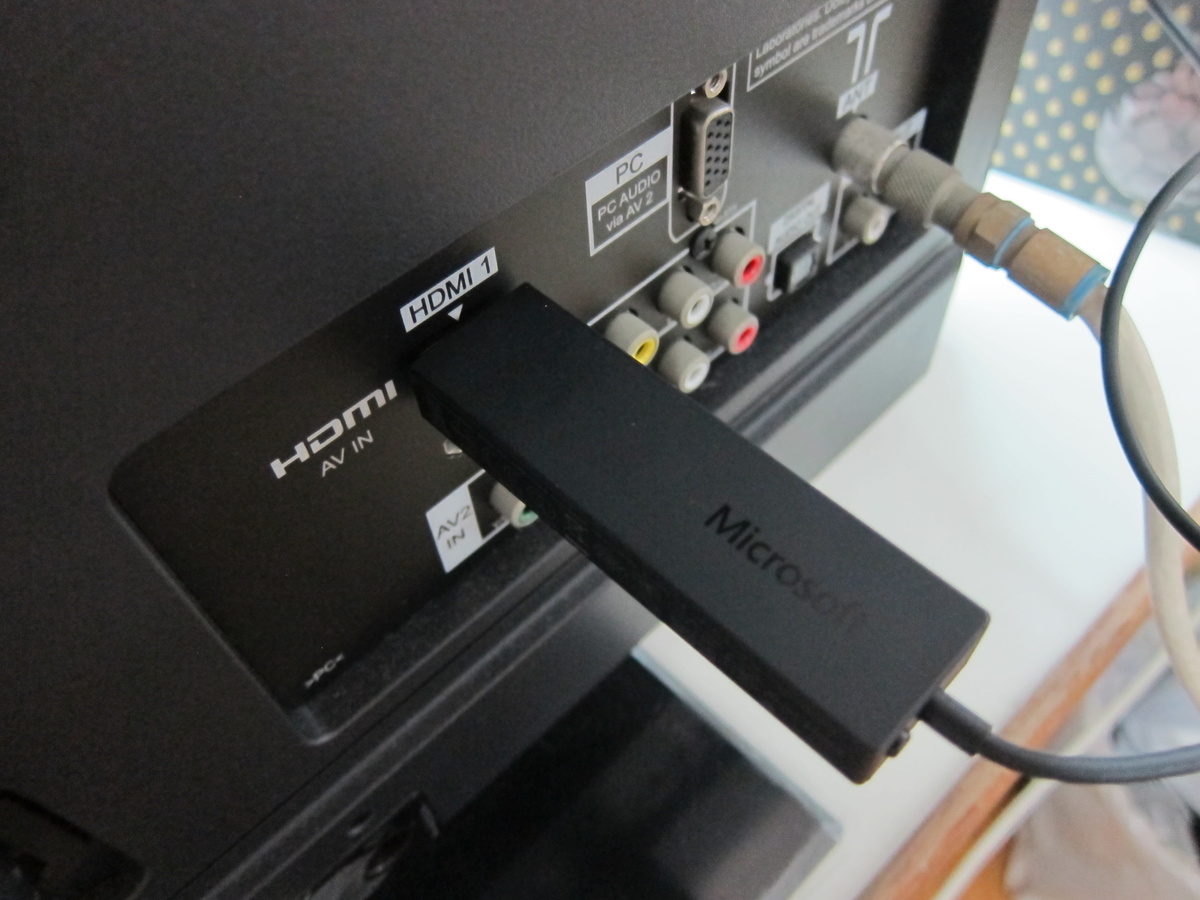
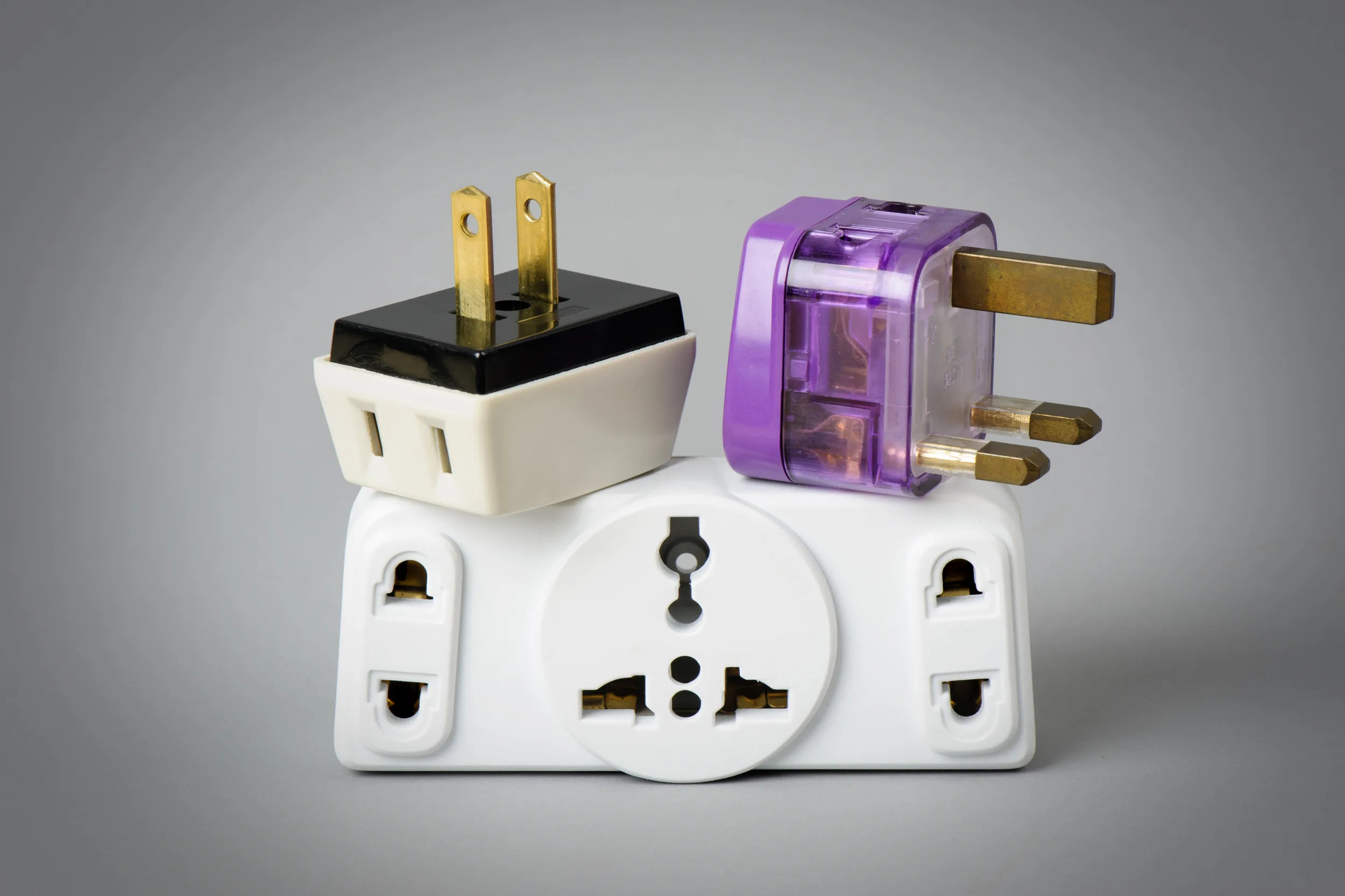
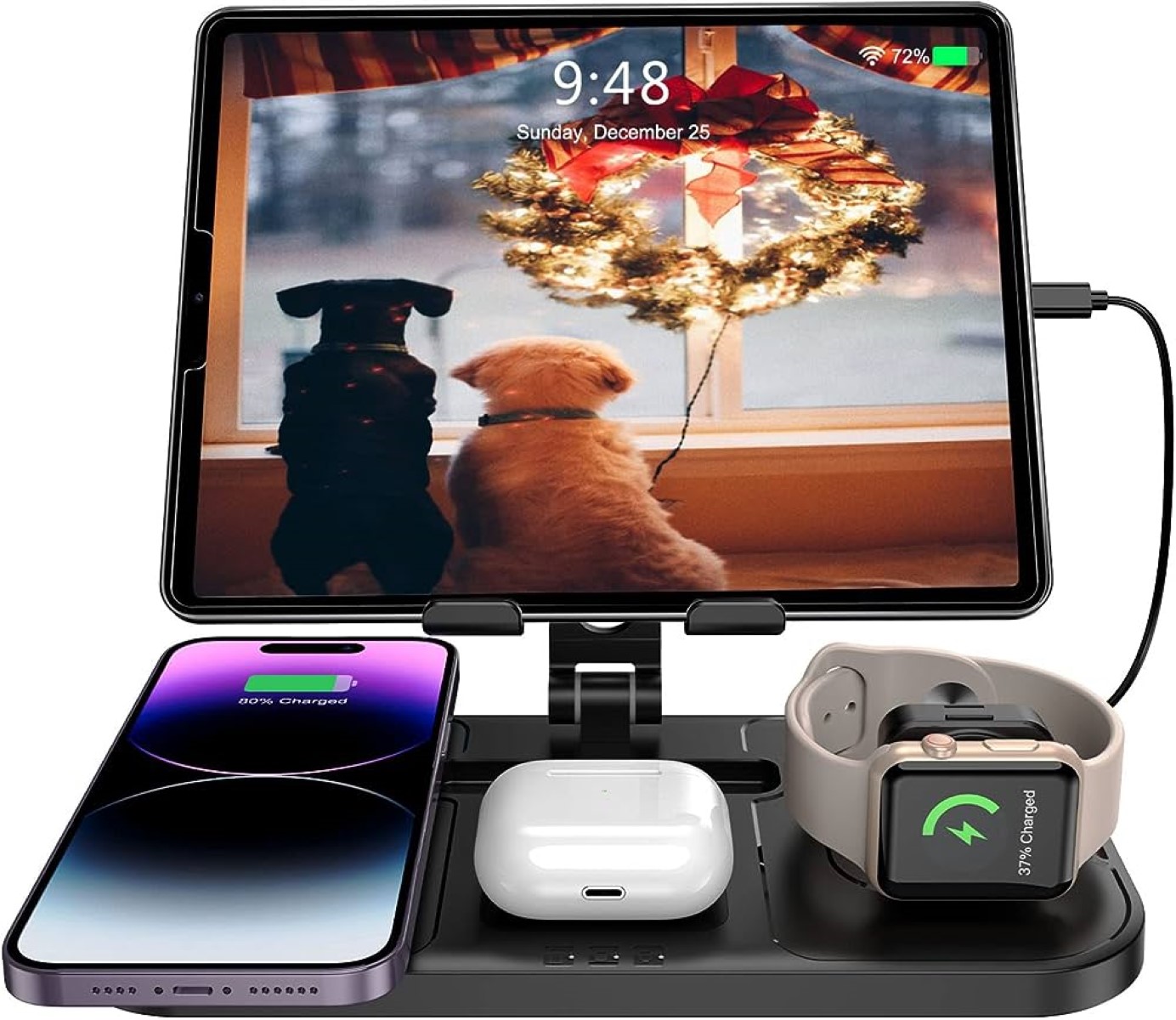
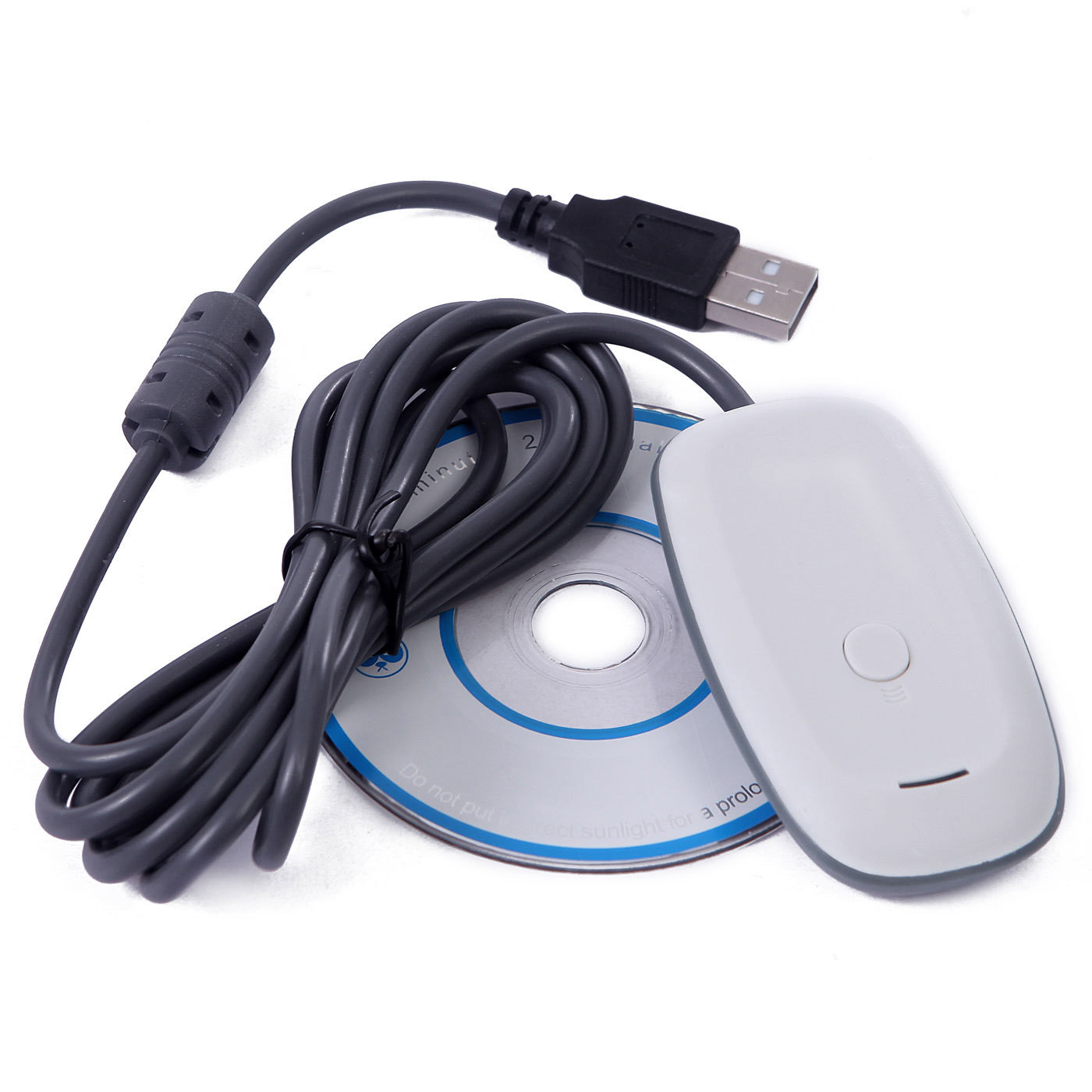
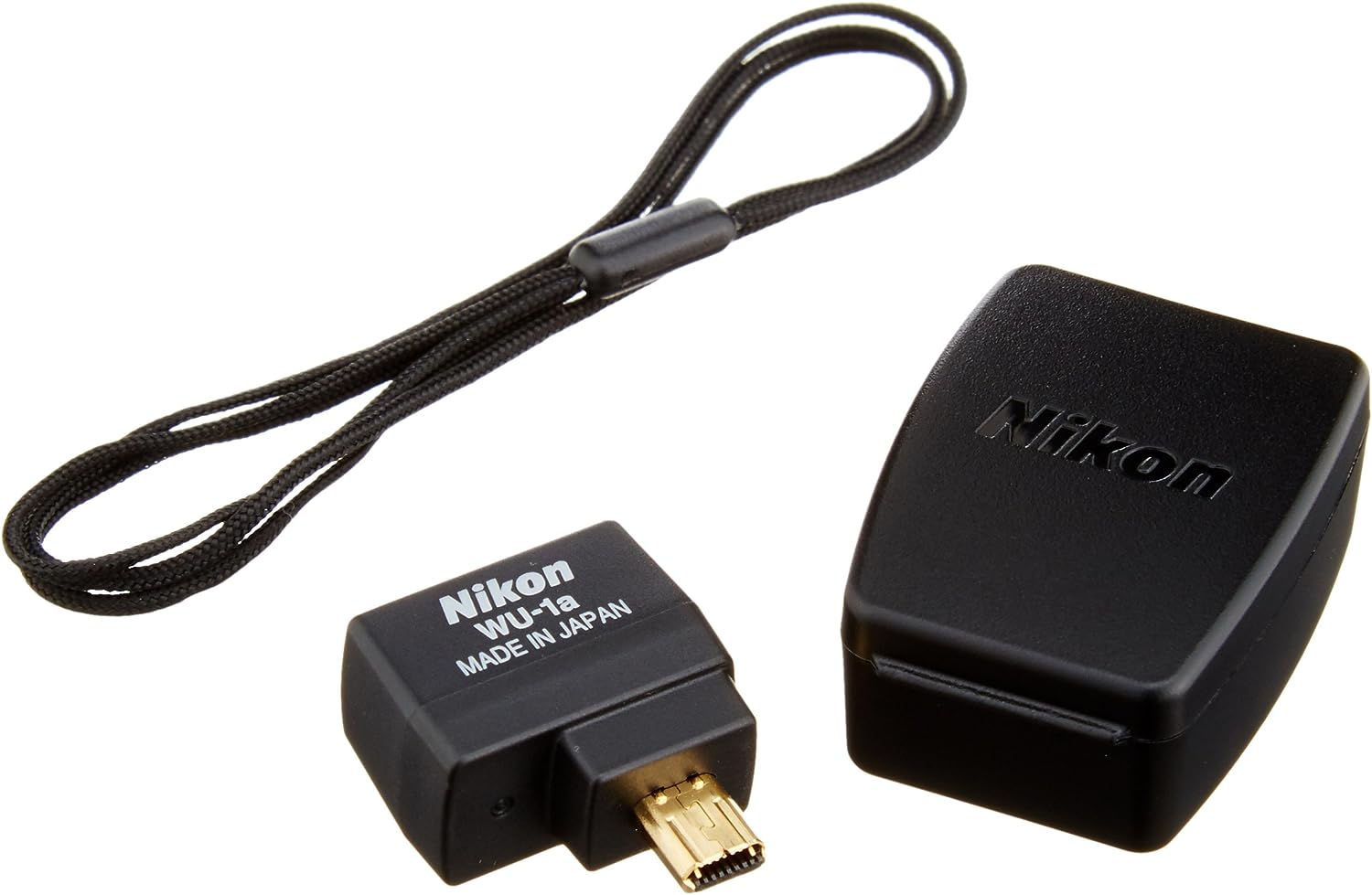
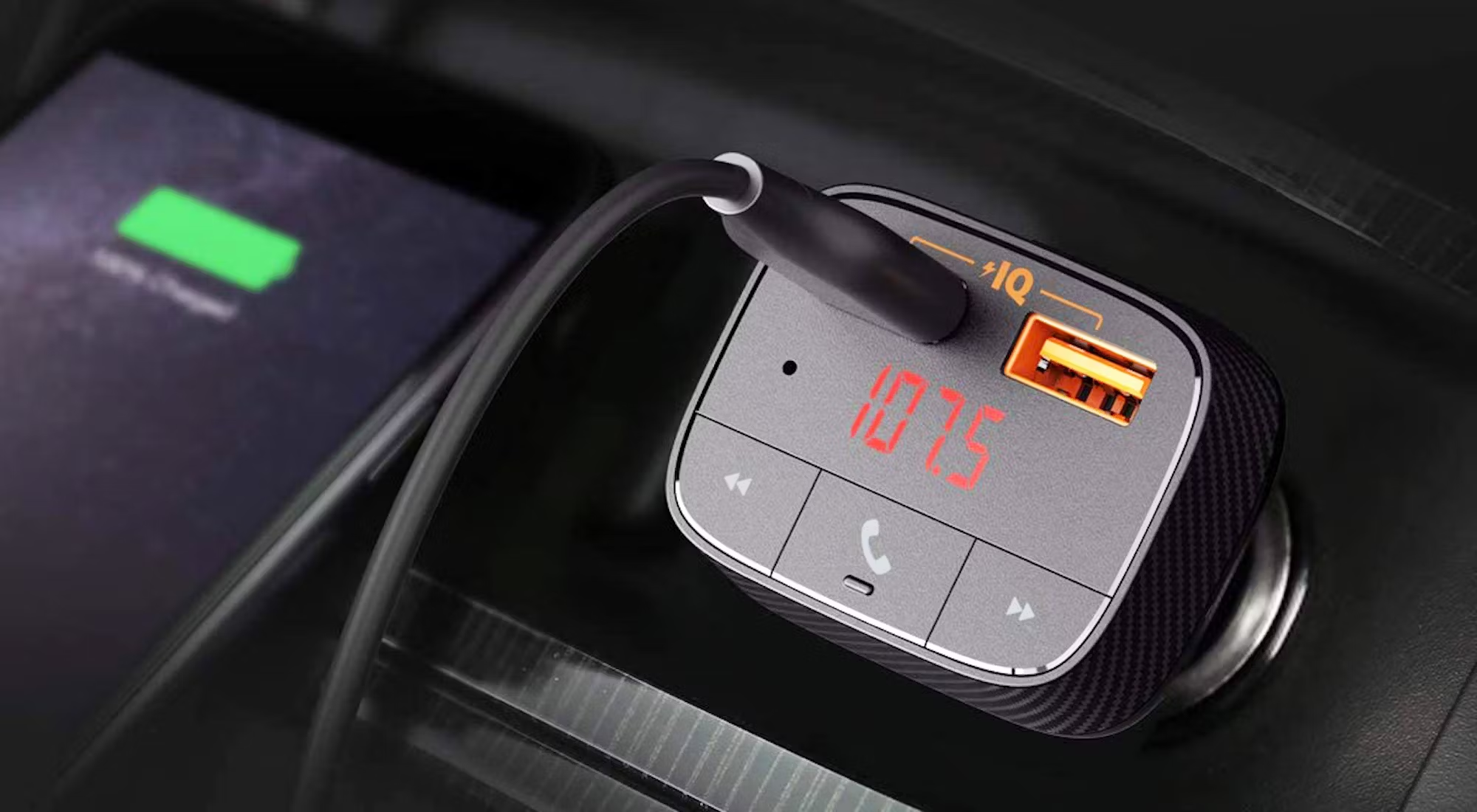

0 thoughts on “What Is The Best Wireless Apple Carplay Adapter”